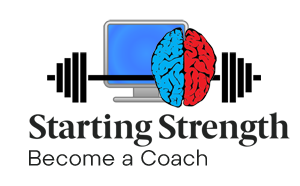
Originally Posted by
Soule

Your symptoms sound similar to an injury I had after rolling over my neck at jiu jitsu. I had numbness and sort of a warm tingle down my right arm and a dramatic loss of strength on that side. My pec was twitching constantly and i could feel it all the way around my rib cage and surrounding my right scap. The back of my rotator cuff below near the teres major was constantly lit up.
The good news is it got better without any surgery, injections, or physical therapy - If you have access to an assisted dip machine try starr protocol with light dips.
Aim your chest down a bit like a squat. Lockout with your shoulders pushed down hard and your abs engaged. You should feel some traction in your upper tspine at lockout and during the rebound.







 Reply With Quote
Reply With Quote

